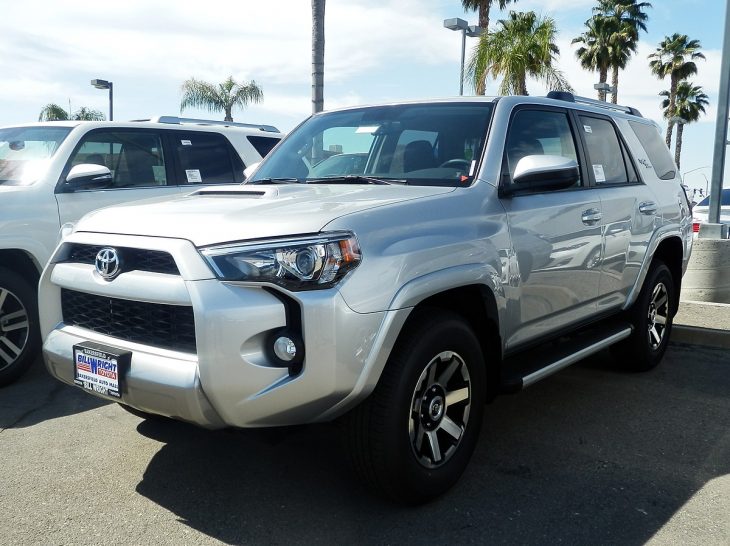Not everyone can afford a brand new $65,000 4Runner – and that’s okay! For less than $10,000, you can buy a used 4Runner and fix it up to look and perform at its best. The key is to spend on the right mods while avoiding wasting money on minor upgrades that don’t have much of an impact on form or function.
The Do’s and Don’ts of Fixing Up a 4Runner
Any vehicle can be fixed up or modified. But some vehicles are made to be modified. And few have developed as loyal of a community as the Toyota 4Runner.
If you’re thinking about fixing up a 4Runner, here are a few helpful things to consider:
- Ask Yourself This One Question
Before investing in any upgrade or modification, ask yourself if it can be undone. There’s no reason to invest in a permanent 4Runner mod when you don’t have to. There’s almost always a way to upgrade while still giving yourself the ability to return to factory condition.
No matter how enthusiastic you are about upgrading your vehicle, try to make decisions with a future orientation. There will come a day when you’ll want/need to sell your 4Runner. Having the ability to revert to stock components could help you get a much higher return. (It’s usually more cost-effective to sell the upgraded parts separately.)
- Aim for Maximum Visual Impact
With 4Runner mods, you’re always in a balancing act between form and function. And when it comes to the former, you want to aim for maximum visual impact.
While it all depends on the specific look that you’re going for, upgrading your grille is a great place to start. The best Toyota 4Runner grilles have the ability to change the entire look of your front end. And at a cost of just a few hundred bucks, it’s an inexpensive way to transform your vehicle.
- Consider the Intended Use
While looks certainly matter to anyone considering upgrading their 4Runner, you can’t let your pursuit of a specific aesthetic compromise your performance. It’s always important to consider the intended use.
Big tires, upgraded suspension, and a six-inch lift might be great for offroading on rocky terrain, but is it practical for an everyday vehicle that will face hundreds of miles of highway driving every month? Always think about the intended use and seek out the perfect balance.
- Don’t Upgrade Tires Without Considering This…
If you are going to upgrade to bigger tires, be prepared to make some other modifications to protect your 4Runner’s performance and longevity.
While most people assume that larger tires mean less horsepower, this isn’t technically true. When adding bigger tires to a 4Runner, you aren’t lowering the engine’s horsepower – you’re just creating extra rotating weight and a larger diameter. As a result, your 4Runner has to work much harder to create the same tire rotation that it facilitates with a stock 31-inch tire.
As tire size increases, you may need to swap out the gear ratio to protect your engine and restore optimum performance. This is certainly doable but is usually very time-consuming and/or expensive.
- Avoid Overdoing It
A 4Runner’s frame can carry a lot of weight. The only issue is that all of the stock components on your 4Runner are already reasonably heavy. If you overload it with a bunch of unnecessary upgrades and mods, you can hurt its performance. Much like the tire example above, additional weight requires your 4Runner’s engine to work harder.
When possible, opt for lighter-weight upgrades. For example, you probably don’t need a steel roof rack. Aluminum racks look just as good, yet weigh 30 to 40 percent less. You’ll never regret the decision to keep things lean and mean.
Putting it All Together
Whether it’s a 2003, 2009, or base model 2021 – a few strategic mods and upgrades can transform any basic 4Runner into a thing of beauty.
Rely on these tips and techniques to ensure you get the most out of your projects.









